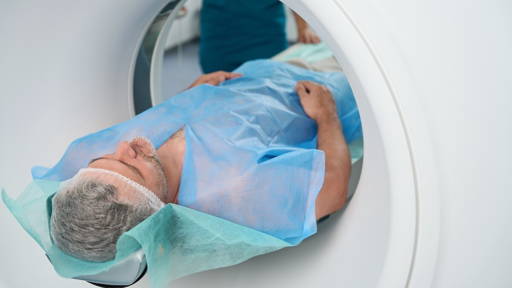A new AI-powered algorithm developed by researchers from the University of Leeds, Université Grenoble Alpes, and University Hospital of Grenoble-Alpes could significantly extend the lifespan of pacemakers by personalizing how each device is configured. The innovation allows clinicians to predict how much battery power different pacemaker functions will consume and tailor settings to each patient’s medical needs.
Pacemakers typically last seven to fourteen years, depending on how intensively their features are used. By switching off non-essential functions, battery life can be extended by several years, potentially reducing the need for replacement surgeries and lowering healthcare costs. “This is the first step toward helping doctors decide which pacemaker to choose and how to program it,” explains Dr. Klaus Witte, senior lecturer and consultant cardiologist at the University of Leeds and Leeds Teaching Hospitals NHS Trust. “It means we can better match the device to the patient’s condition, extending battery life and improving overall care.”
Modeling pacemaker performance with real-life data
The new modeling tool, described in PLOS One under the title “Cardiac implantable electronic devices’ longevity: A novel modeling tool for estimation and comparison,” enables clinicians to estimate the expected lifespan of a pacemaker based on its configuration. The open-access study makes the algorithm available to healthcare professionals worldwide, helping them make more informed and data-driven device selections.
Using real-world data from pacemaker user manuals and clinical records, the research team simulated different device settings and analyzed their effect on energy consumption. Each function, such as rate responsiveness, chamber synchronization, or activity tracking, was evaluated for its power demand. The model was then validated against actual patient data to ensure clinical accuracy.
According to Professor Pascal Defaye from Université Grenoble Alpes, “This is a unique approach that allows direct comparison between devices, options, and manufacturers This is something that has never been possible before.”
Personalized device configuration
Pacemakers are small, implantable devices that use electrical pulses to keep the heart beating regularly. They are vital for patients with heart failure or arrhythmias, preventing fainting, fatigue, or life-threatening cardiac arrest. Modern pacemakers come with a variety of smart features, including remote monitoring and adaptive pacing, but not every patient needs all of them.
Until now, cardiologists relied mainly on manufacturers’ general specifications to estimate how long a device would last. The new algorithm introduces predictive precision, allowing physicians and patients to decide together which features are necessary and how they affect the device’s battery life.
“It’s similar to choosing a car,” says Dr. Witte. “You can decide which features you need and which are optional, but now you’ll also know exactly how much each ‘option’ costs in terms of battery life.”
Impact on patient care and sustainability
The implications of this technology go beyond convenience. Each time a pacemaker battery runs out, patients must undergo surgical replacement, which carries risks of infection and complications, especially for older or frail individuals. Extending device longevity means fewer surgeries, less risk, and reduced healthcare costs.
Moreover, the approach supports the shift toward personalized and sustainable care, tailoring medical technology to the individual while minimizing waste and resource use. “Combining this model with our earlier research on device programming brings us closer to truly personalized pacing therapy,” says Witte. “This benefits patients, healthcare systems like the NHS, and society as a whole.”
The research team, including Dr. Serge Boveda of Clinique Pasteur and engineer Jean-Renaud Billuart from industry partner Microport, now plans to refine the algorithm further and explore its integration into clinical decision-support systems.
With this innovation, clinicians may soon be able to configure pacemakers with the same precision that AI already brings to imaging, diagnostics, and remote monitoring, making cardiac implants smarter, longer-lasting, and more patient-centered than ever before.







